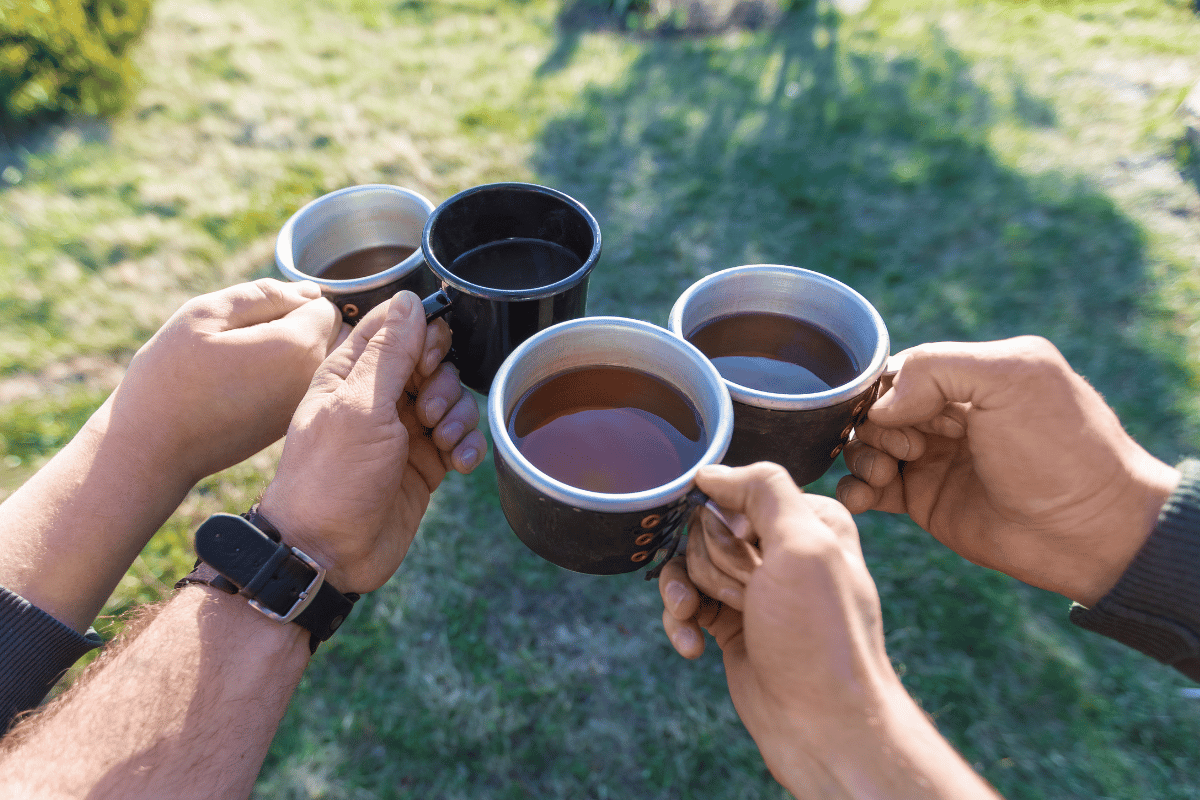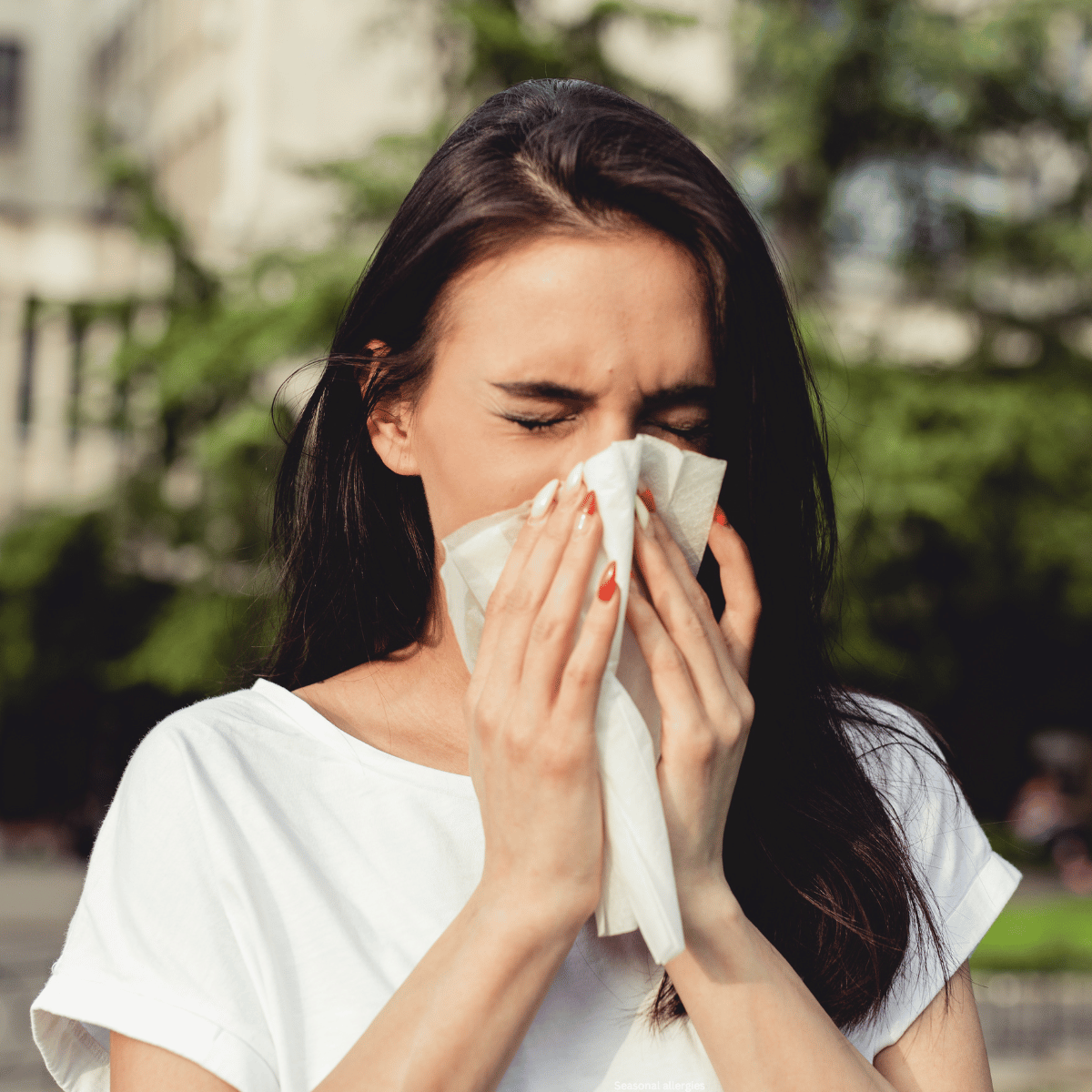This is the ultimate beginner’s guide on how to get started with cloth diapers.
This begins a beginner’s guide series for using cloth diapers. In this post, I will show you just how to get started with cloth diapers. This is for new moms, or anyone new to cloth diapers. I will go over what cloth diapers are today, why they are more economical and eco-friendly than disposable diapers, and an overview of the different types of cloth diapers and accessories to choose from.
Many families are transitioning to using cloth diapers over disposables for several reasons: eco-friendly, cost-effective, and possible health reasons. Today’s cloth diapers offer an array of options to fit any child and family’s needs.
In a previous post, I listed cloth diapers as a must-have for our family with any new baby. Click here to read why and other must-haves for our babies from a mother of 5 perspective.
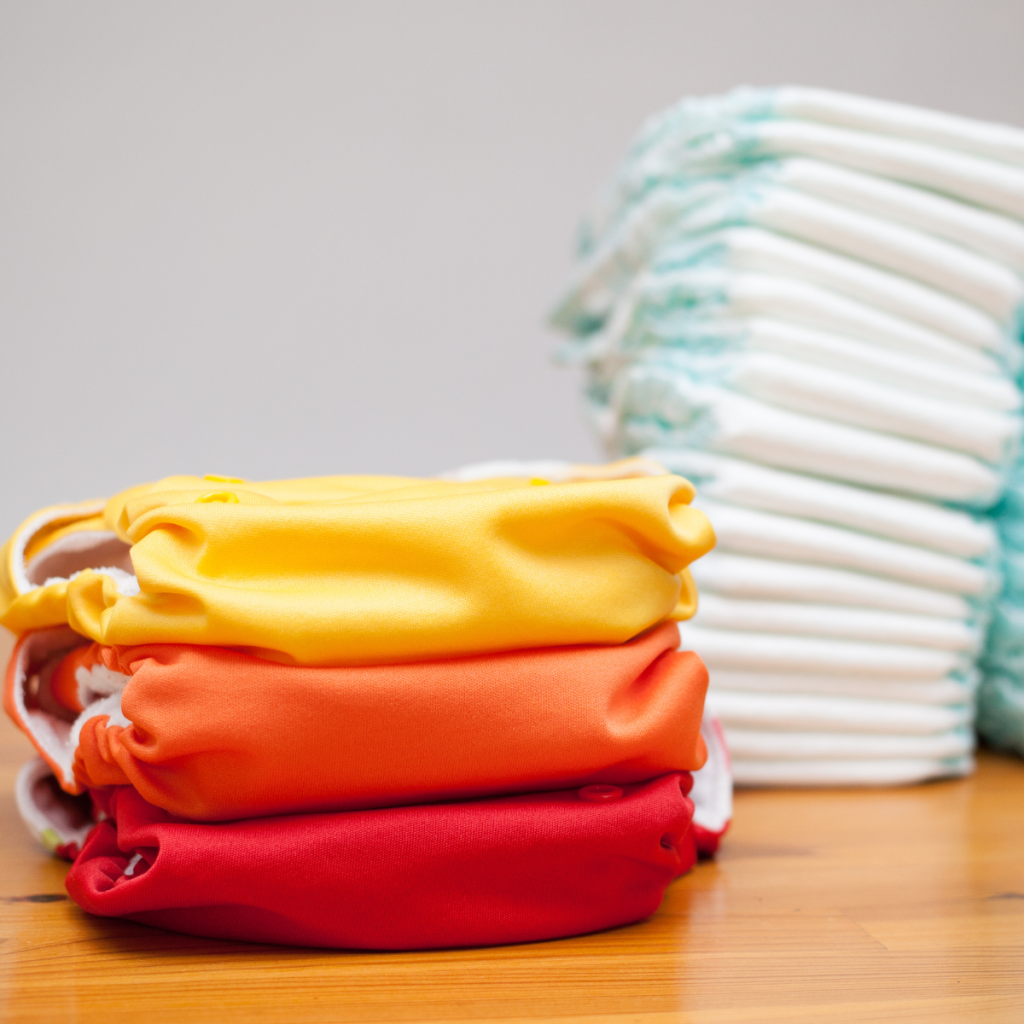
What are cloth diapers?
I can almost guarantee that when you hear the words cloth diaper you’re thinking of the very old-fashioned rectangular piece of cotton cloth, safety pins, and possibly rubber/plastic shorts and waterproof cover that went over them. This is not what cloth diapers are today.
All cloth diapers will have an absorbent inner layer with a waterproof outer layer. The absorbent layer soaks up the moisture and contains the waste, while the waterproof outer layer prevents moisture and waste from leaking through the diaper.
Cloth diapers are washable and reusable in varying styles, fabrics, and sizes. I will go over the different types of cloth diapers later in this post but know that there are several different types in circulation today. The use of safety pins has been replaced with velcro (hook & loop), snaps, or a new safe closure device called a snappi (see lower in the post).
Benefits of cloth diapers
Disposable diapers are the cultural norm right now. Almost every store has its brand of diapers and even different incentives or giveaways with them. So why would you not want to use disposables? There are several reasons why and I’m going to show you just how beneficial cloth diapers can be.
Economical
The first benefit of cloth diapering is they are economical. The average cost of disposable diapers is about $150-275 a month depending upon the types of diapers, how many children you have, and how often you are changing their diapers. At the low end, this puts the average annual cost of diapers at around $1800 a year! I don’t think any household right now wants to be literally throwing money into the trash, let alone almost $2000 a year. That number does not include other things like wipes or diaper rash creams either.
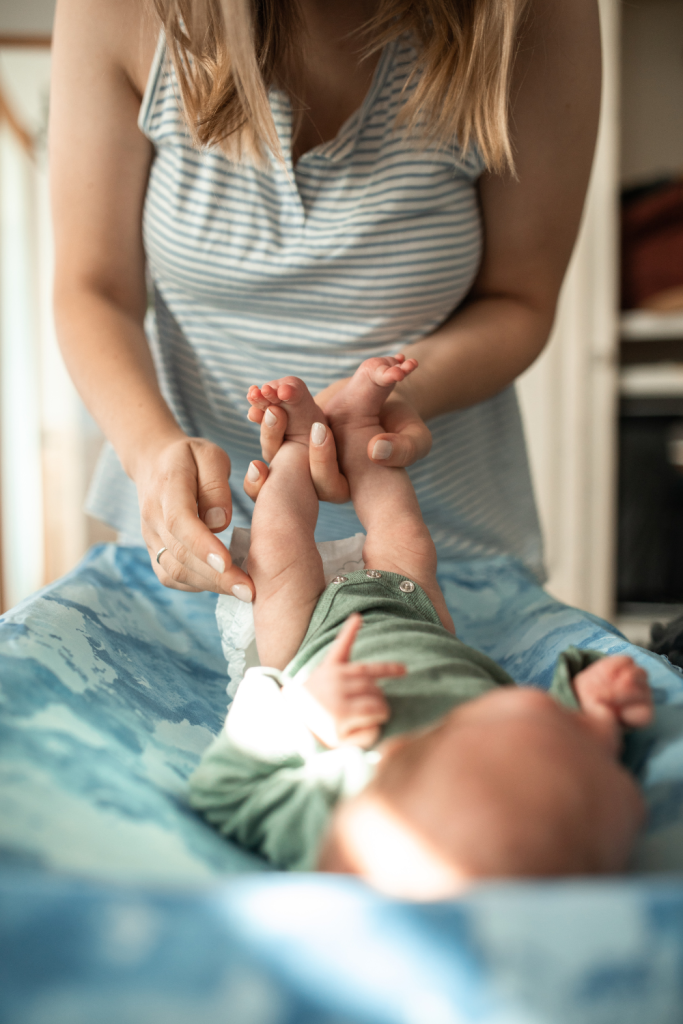
While you may spend more money upfront to create a good supply, or stash, of cloth diapers, the longevity of these will work for at least the 2-3 years your child is using diapers.
With reusable cloth diapers, you can spend far less. The cloth diaper average for several years is about $500. The majority of this cost will be the upfront cost at about an average of $20/diaper or less.
The cost of cloth diapering will also depend upon the type you choose. There are very inexpensive options, such as prefolds and flats. The more expensive options will be the all-in-one and hybrid diapers, which I will go over later in this post. Overall, the cost savings can be huge.
Non-chemical
Another reason is that disposable diapers have chemicals in them that can be harmful and irritating to your child. A baby’s skin is very delicate when born and I don’t personally like to use chemicals on their skin if I can help it.
Did you know that diaper companies are not required to list the ingredients in their products? Take a look at your box and see if you can find what chemicals they are using. These chemicals are to help absorb the waste and some even use a fragrance to deodorize. These chemicals can cause skin irritations and more.
Some children require the use of cloth diapers because of this one reason. Eczema is a big skin irritation that can happen with disposables for example.
Eco-friendly
Environmental impact is another reason to use cloth over disposable diapers. You will need far fewer diapers with cloth than you would with disposables. A child in diapers for 2.5 years will use on average, about 6000-7000 diapers. That is a lot of waste going into our landfills. Most of the disposable diapers do not break down easily either. There are a couple of different companies that make disposable diapers that are supposed to be more environmentally friendly. However, I have not personally read any of the studies to prove this statement and even understand how much better they are in theory.
With cloth diapers, you will need about 25 diapers to have a good rotation. These diapers can last you for the few years your child will be using them. If you want to do less laundry, you would of course add more cloth diapers to your rotation. The more you have in rotation, the less wear and tear on them as well. Thus prolonging their use that much further.
We use about 25-30 in our rotation. When our children are younger they need more frequent changing and will go through the rotation much faster. However, when they’re older and need to be changed less, the rotation will last longer. We have also been using the same diapers for multiple children over the years. Some do get disposed of at some point, but for the most part, our rotation has stayed with the same cloth diapers.
Types of cloth diapers
Today’s modern cloth diapers are available in many different kinds of options.
Cloth diaper types today are:
- Pocket diapers
- Flats and prefold diapers
- Fitted diapers
- All-in-one (AIO) diapers
- All-in-two (AI2/hybrid) diapers
- WAHMs (work-at-home moms)
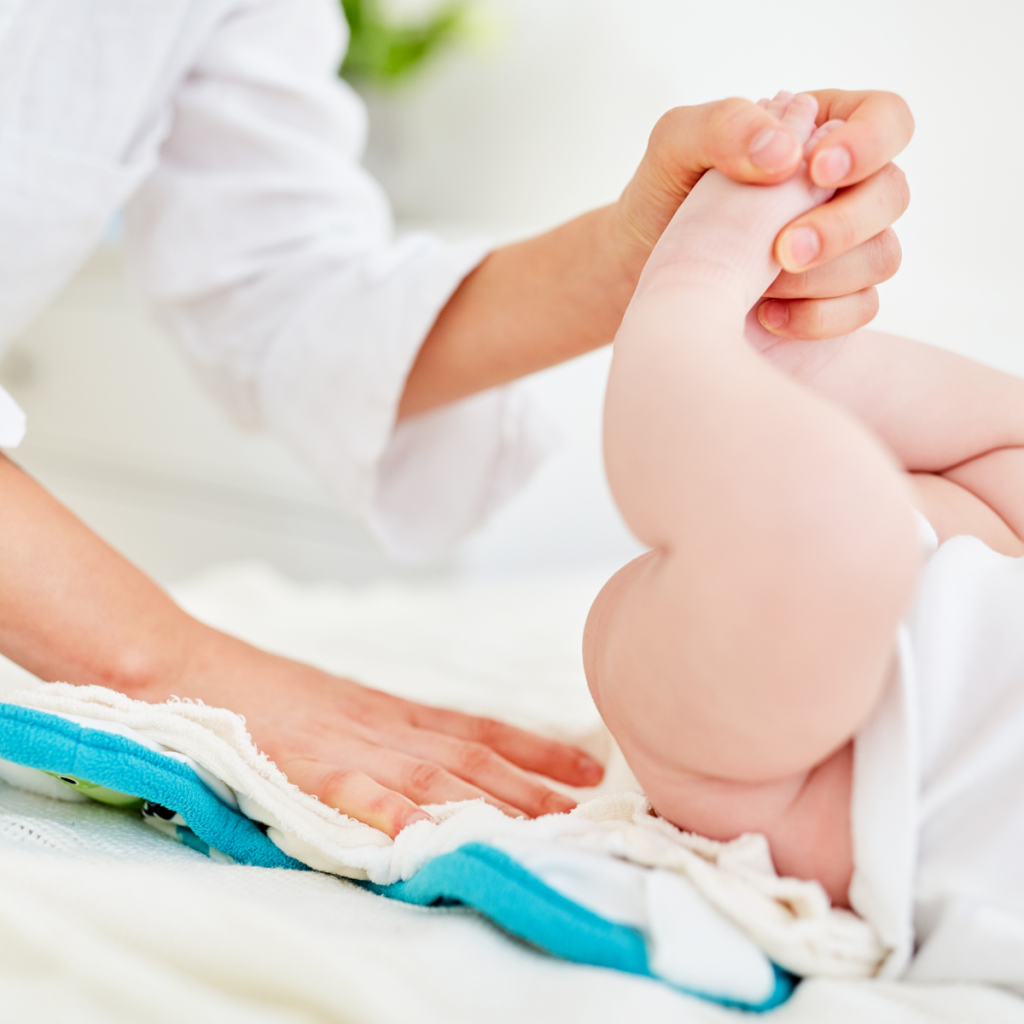
All of these types of cloth diapers are a great option and will have different brands available. Some will be more or less expensive than others and some will offer more options in styles, color, and fit. Depending upon the size of your baby, and your budget for cloth diapers, one or several of these types will work better than others.
Pocket diapers
Pocket diapers have a pocket in the middle where you can insert custom cloth inserts unique to your baby’s needs. These are built for cloth inserts made of bamboo, hemp, microfiber, and others such as prefold or flat diapers.
Pocket diapers are an economical option. Several inexpensive brands offer a good quality diaper that can last your child for several years. There are also more expensive, high-quality options to choose from as well. The price will vary depending on the materials in the diaper. The diapers using inserts made with microfiber will be less expensive than those made with organic material.
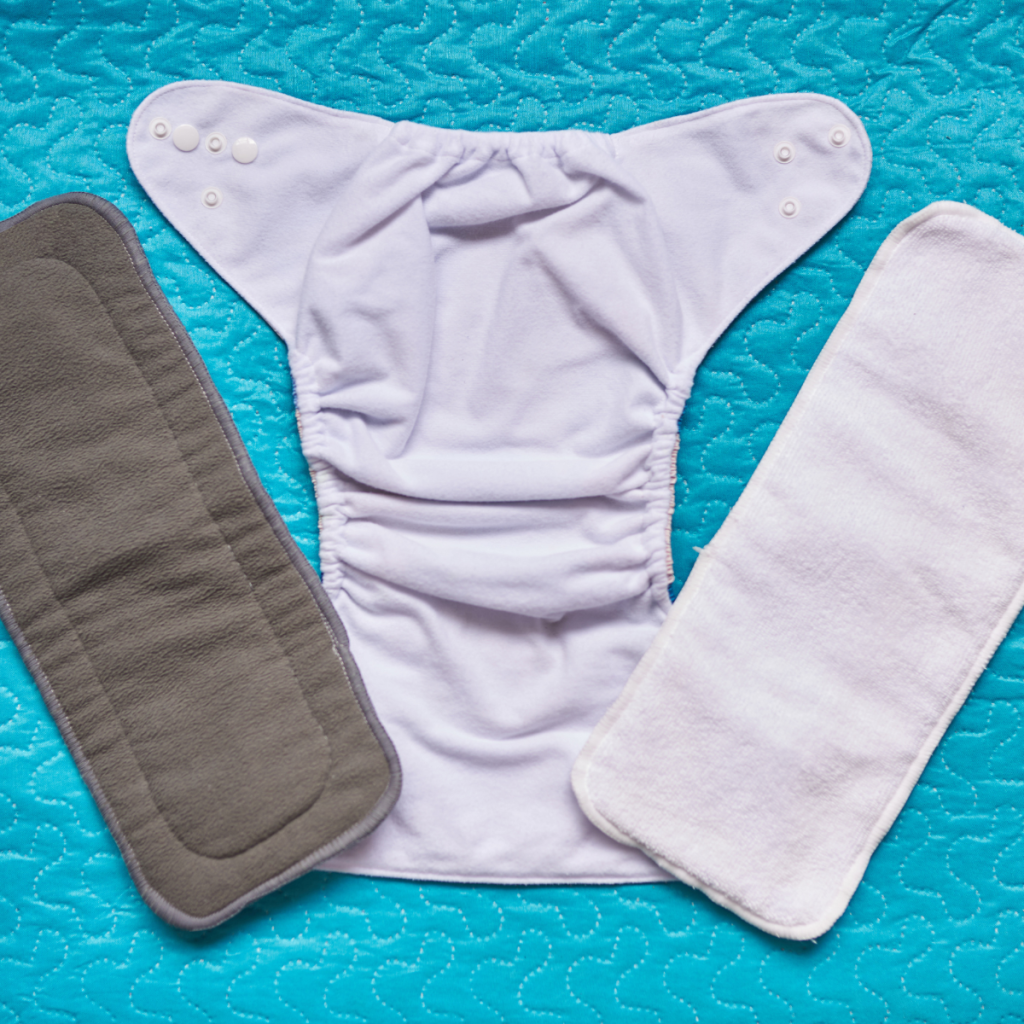
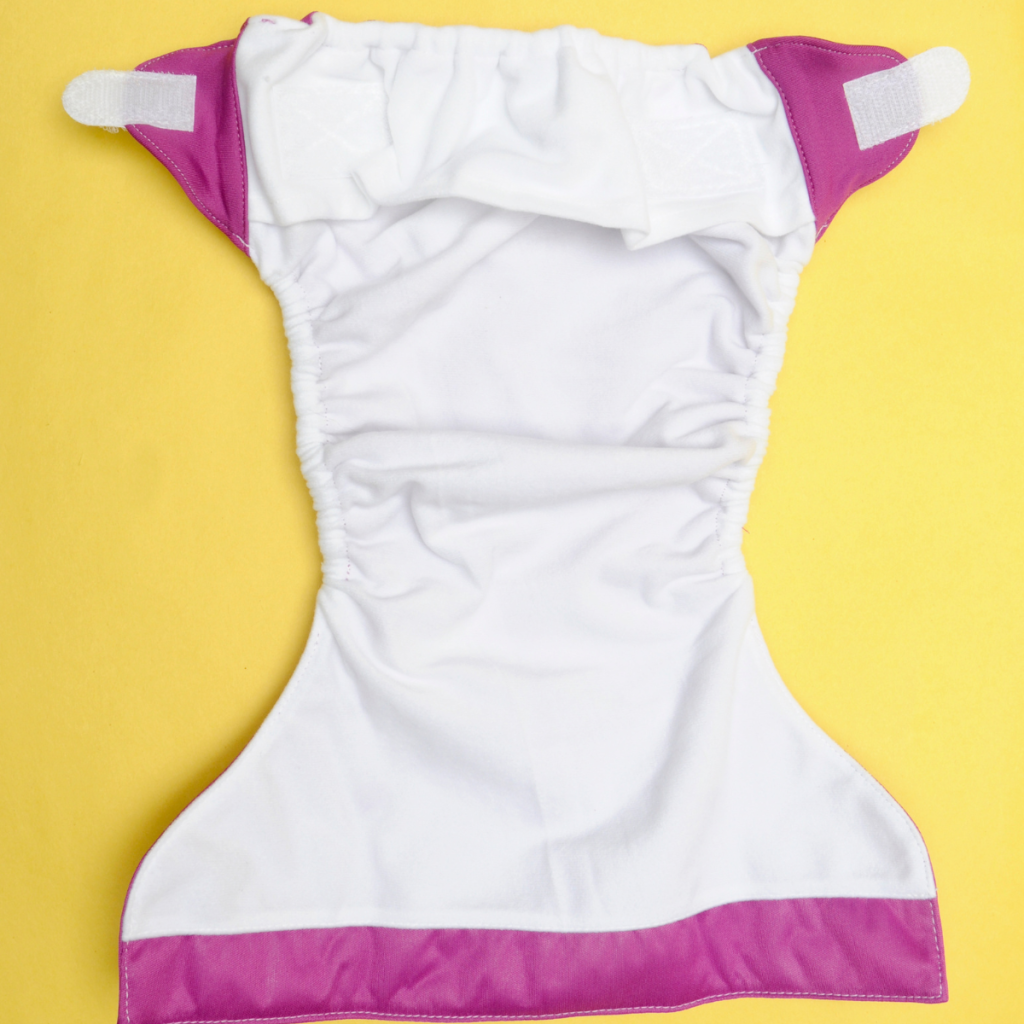
A pro for using pocket diapers besides the economical options is that you can add absorbency to your diapers as needed for each particular child. If you have a heavy wetter, you can add a second or even third insert to help meet the absorbency need. You are also able to swap out the diaper insert if you find that you would rather use material such as a hemp insert instead of microfiber, or if you want to upgrade your insert to an organic option. The pocket diapers will have a lot more versatility because of this.
A con to using pocket diapers is the time it takes to stuff the diapers after washing them. When I had one child this was not an issue for me at all as I found sitting down to stuff diapers oddly therapeutic. However, when I added other children to the chaos I was no longer able to, nor did I have time to sit down and stuff the diapers. Some families have had a stack of inserts and a stack of diaper covers next to their changing stations and would stuff as they go. This can be a time-saving option if pocket diapers are what you’d like to do.
Flats and prefolds
The other economical option is using flats or prefold diapers. These are the old-fashioned types of cloth diapers that our parents and grandparents would have used. The flats and prefold cloth diapers come in different absorbancies and fabrics as well. You can use regular cotton or even organic cotton.
Flats, much like its name suggests, are flat diapers that are a singled-layered piece of fabric that is usually made of cotton. They require folding in a variety of ways to create a multi-layered, diaper-like shape. These are the most inexpensive of diapers.
Prefold diapers are very similar to flat diapers but are pre-folded into three panels with the middle panel being the most absorbent. You still have a rectangular piece of cloth that is folded in different fashions inside of a waterproof diaper cover. These have a little more absorbency than flats because the middle section consists of multiple layers.
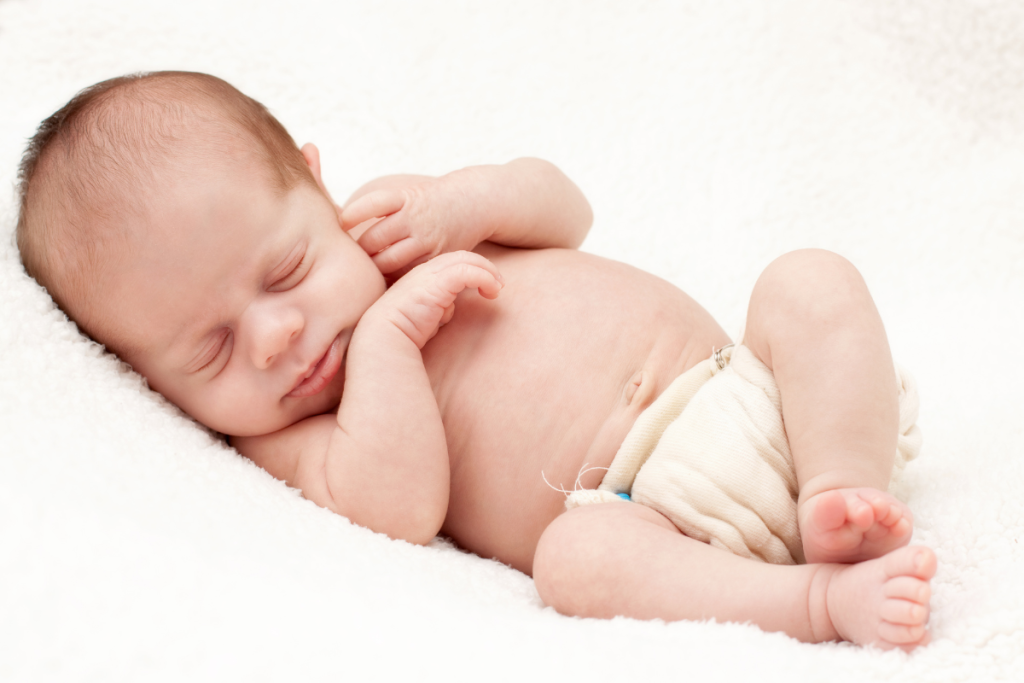
With both of these types, you will also need a diaper closure to hold the cloth in place underneath the cloth diaper covers. Previously a safety pin was used. Now they have a 3 pronged tool called a Snappi. These are very safe and much easier to apply.
Flats and prefolds are versatile in other ways as well. Once my child has potty-trained and is now out of diapers, I can use these as rags around the house if needed. I would also use them as burp cloths even while they were in rotation.
A con to using flats or prefold diapers is that they can be a challenge for babysitters or daycares if cloth diapering isn’t something they are used to. With my first child, I did have a separate stash of diapers that I would send her to daycare with to make it easier on the staff. The prefolds were not the diapers I sent with her.
Fitted diapers
Fitted diapers are similar to prefolds because they are from the same material as a prefold diaper but cut and sewn to a fitted size as the name implies. These will not be as economical because as your child grows you will need to replace the diapers to the correct size. Fitted diapers will require the use of a diaper closure, Snappi, and a diaper cover as well.
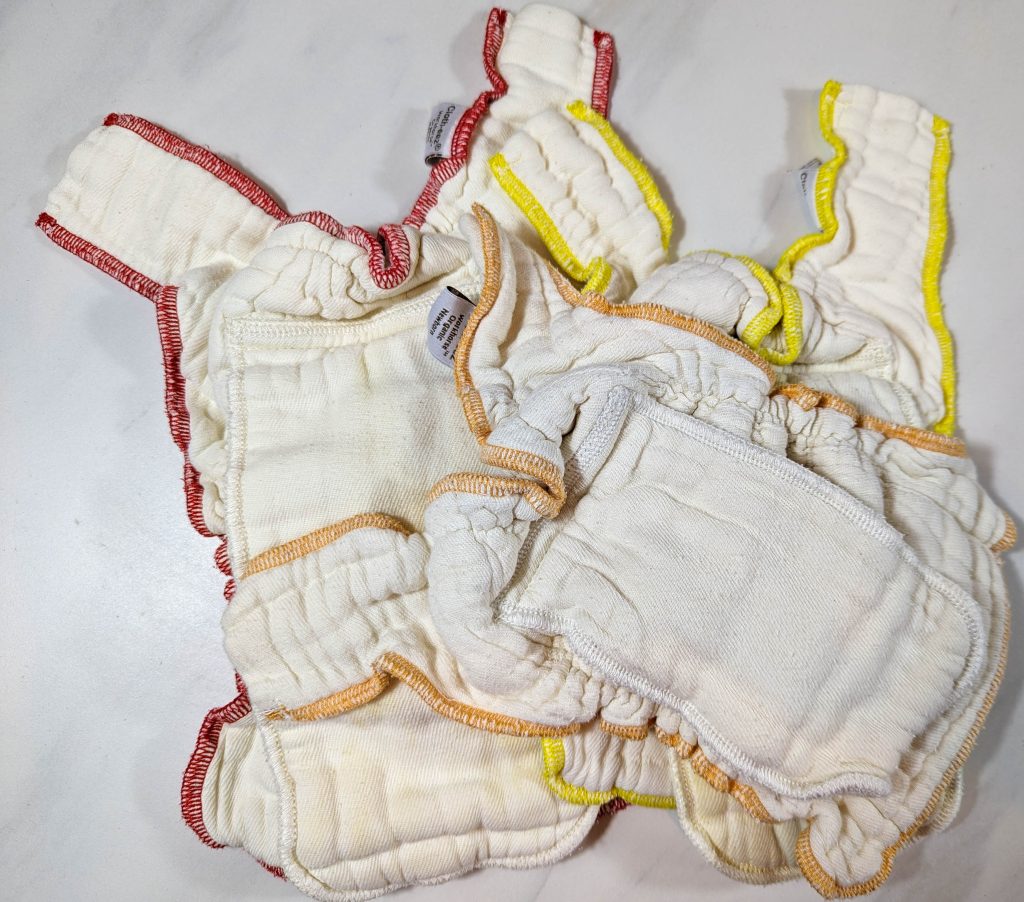
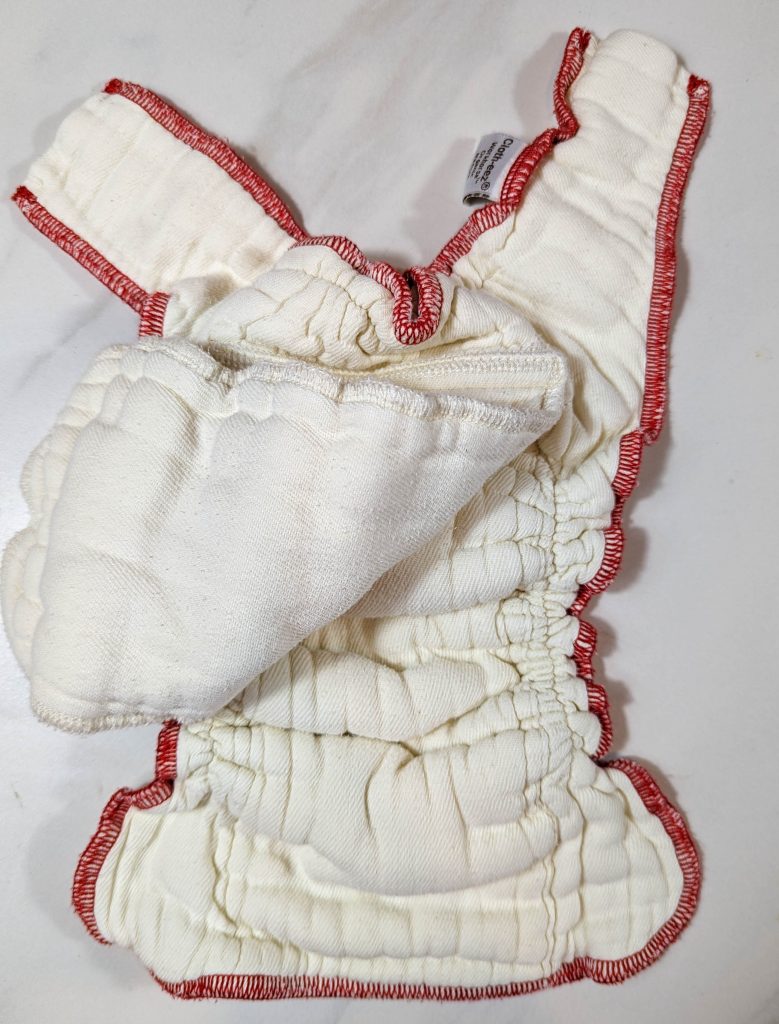
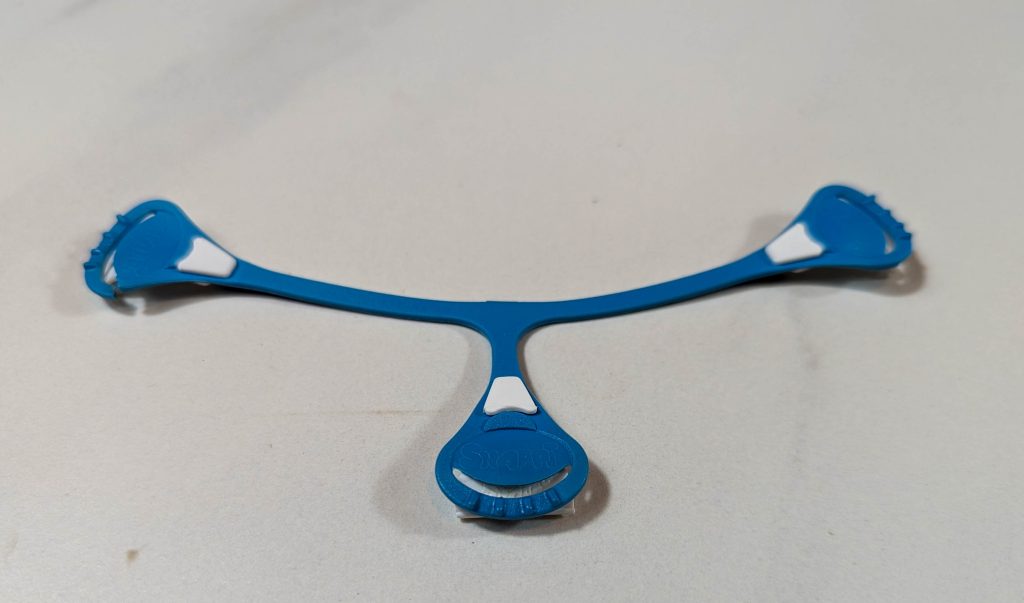

We use fitted diapers for the first several months until our baby can fit into the all-in-ones or all-in-twos. I have found that by using cloth this way, we have a better fit in the beginning until we see how our baby is going to fill out. My oldest child was very chunky and would need to use a diaper that had larger leg openings. My other children are much thinner in the legs and need to use diapers that are geared more toward that body type and size diapers.
All-in-one (AIO) diapers
An all-in-one cloth diaper is a one-piece diapering system with an inner absorbent layer attached to a waterproof outer shell. This makes this cloth diaper as easy to use as a disposable diaper! AIO cloth diapers have an adjustable closure system (either hook & loop or snaps) at the waist allowing for use with almost all sizes of babies. An AIO diaper is just like a disposable diaper except you wash and reuse them.
All-in-one diapers are super simple and easy to use, but they do tend to be on the more expensive side. I have AIO diapers in my diaper bag for easy diaper changes while out and about. These are also very easy to wash and go as they are, as the name implies, all-in-one pieces. There is no diaper insert stuffing with these. Although some will allow an option similar to that.
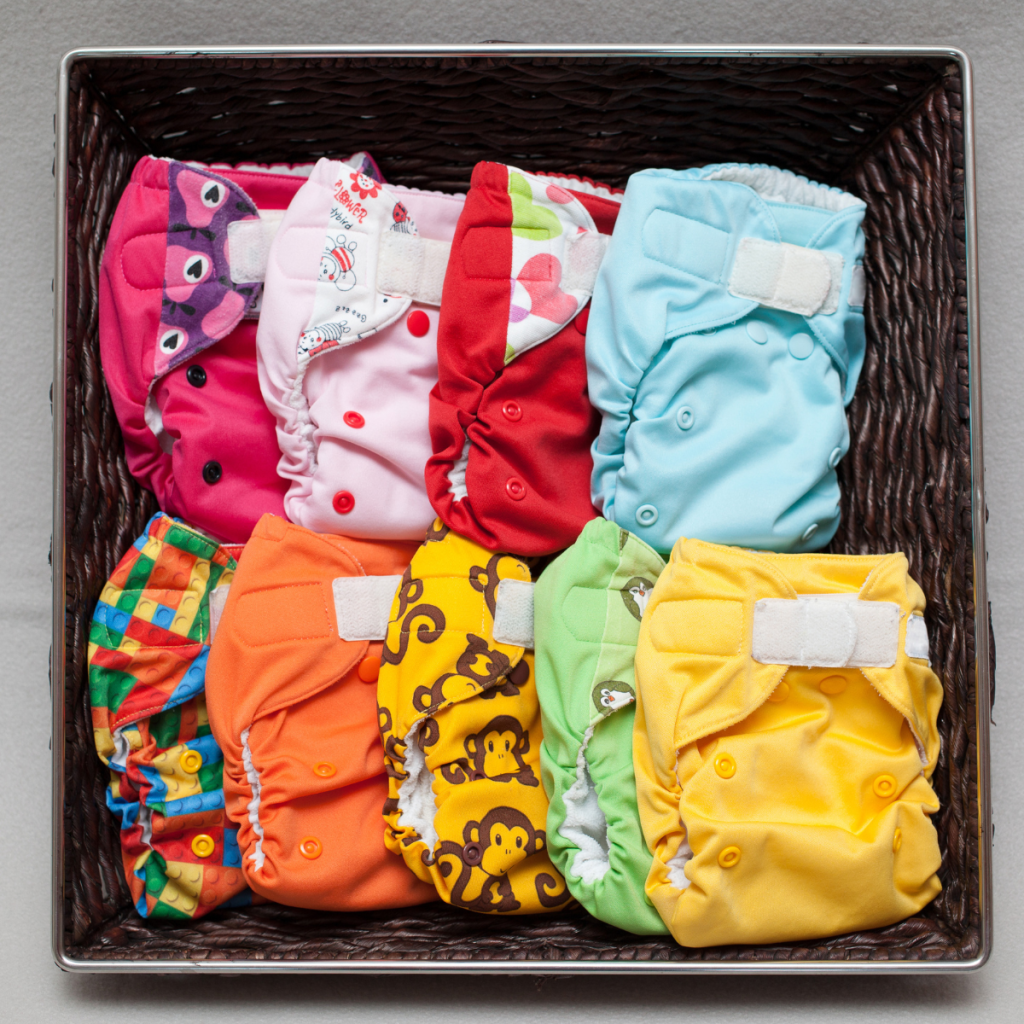
All-in-two (AI2/hybrid) diapers
All-in-twos (AI2/hybrid) diapers are very similar to the AIO’s. All-in-two cloth diapers are made up of a waterproof cover and absorbent layer that is snapped in separately. AI2/hybrid cloth diapers have a great drying time compared to all-in-one diapers. With their reusable cover, all-in-two cloth diapers are a great compromise between ease of use and total cost.
WAHMs
WAHMs are made by work-at-home moms with their sewing machines. These are typically sold online on sites like Etsy. These diapers will vary greatly depending on the designers’ vision. These are generally thicker and not as waterproof as the other diapers. In my opinion, these were the best-looking diapers because of the fabrics being used. These will typically cost more since they are handmade and not made by machines in a warehouse. The cost to me is worth it if possible because you’re supporting a family directly and the options are almost limitless. The largest part of my cloth diaper stash is made up of WAHMs.
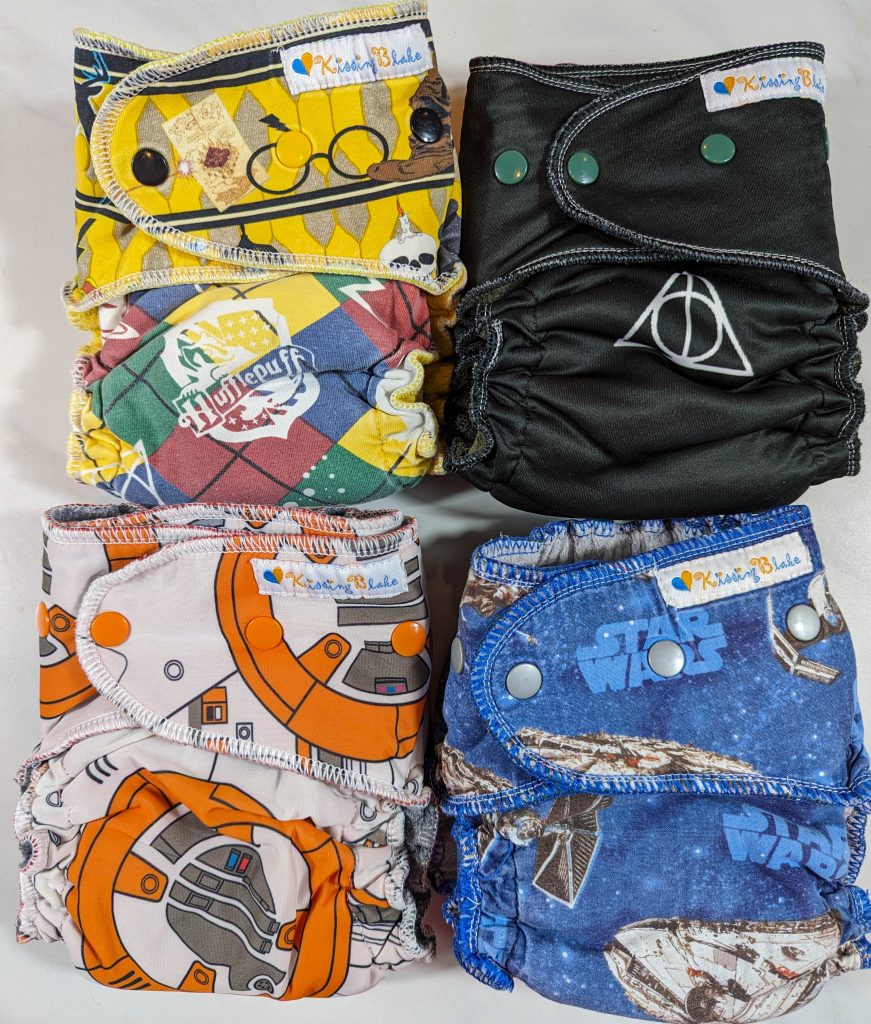
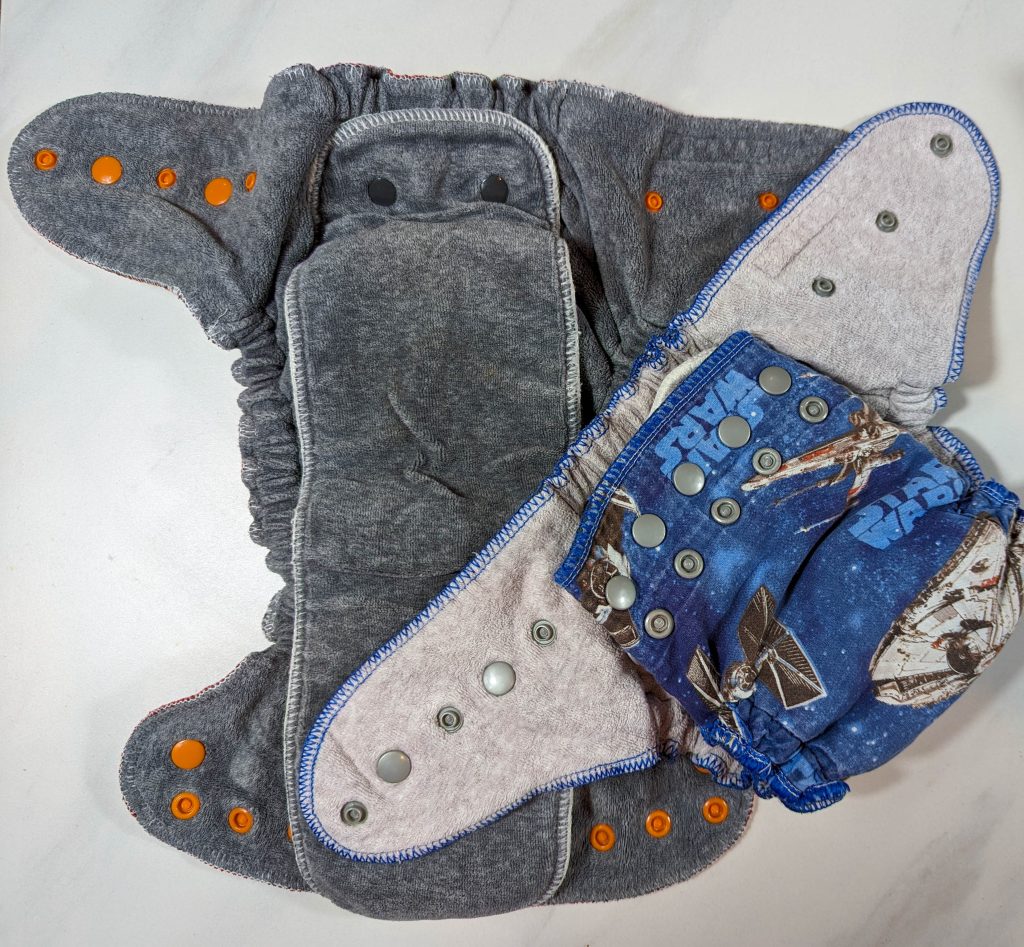
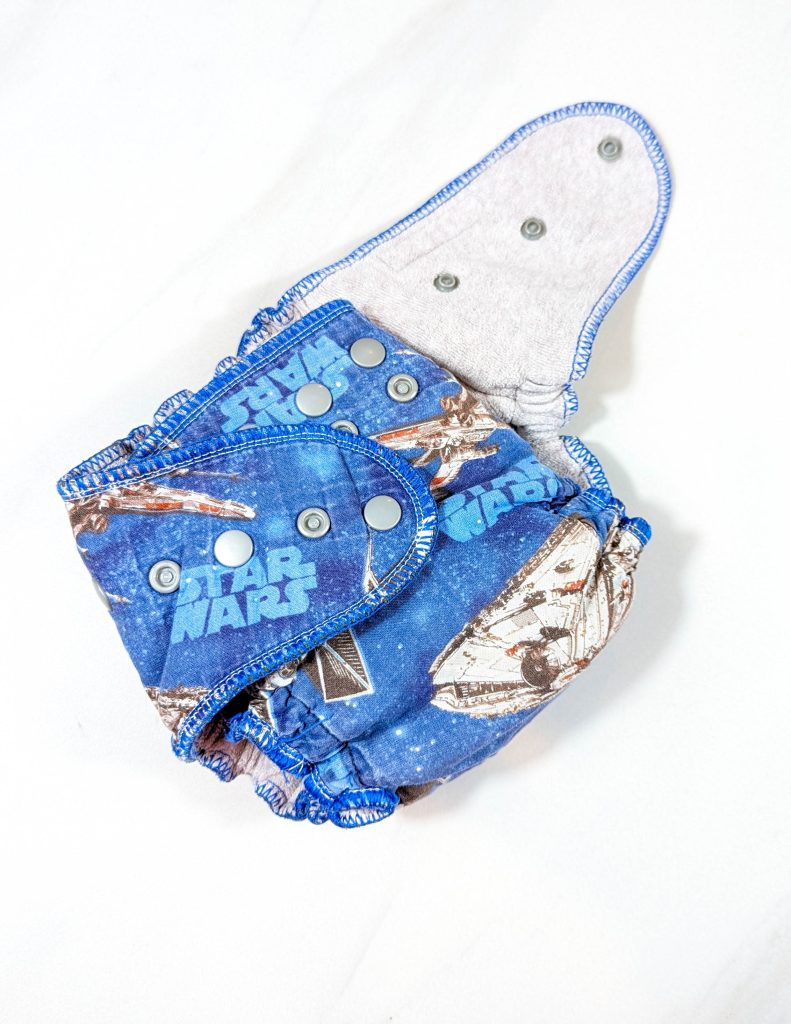

The con to WAHMs in my experience has been that they don’t always last as long. I do have quite a few that have lasted for a while, but I had a larger rotation. The other is that these types are generally fluffier and will be harder to fit into standard pants. The term “fluffy butt” is because of these types of diapers.
Are cloth diapers practical?
In my opinion, cloth diapers are more practical than disposables. Practicality to me consists of all the above reasons: economical, reusable, and environmental impact. They are a tad more work because of needing to wash them, but otherwise, there isn’t much more to using cloth diapers than disposables. Our culture has become very accustomed to a disposable lifestyle. To be less wasteful and not continually rely on products that are not good for the environment, I find cloth diapers highly practical and necessary today.
With my first child, I took an entire stash of cloth diapers with me on the airplane back east for a week. Bringing them back soiled was not easy but I refused to use a disposable. I’m mentioning this to show that traveling with cloth diapers is possible, but it does take a bit of extra determination. I probably could have laundered them in the hotel but I was unsure of their machines. Since I had the capability of not having to wash the cloth diapers, I chose not to.
How to choose which type to use
The decision-making process for cloth diapers can sometimes feel overwhelming. There will of course be a learning curve for anyone starting out using cloth diapers. Take your time to decide what type you think will be right for you and your new baby. Also, know that the type could change as your child grows or as you realize different needs for your family.
The type of cloth diaper you choose will be a very personal choice. Each child and family’s needs are different. There is not going to be a literal one-size-fits-all for cloth diapers. You may have to try different types of cloth diapers to find the right fit for your child. Because of this, I do not recommend getting a lot of one type right away. If you have a store near you, I would recommend going in and seeing the different types available. Watch YouTube videos to see side-by-side comparisons.
Ultimately, the best cloth diapers will be the one that fits your budget, baby, and home routine.
There is a market online for used cloth diapers. You can start your cloth diaper journey this way and be even more economical. I would recommend first learning how to strip and wash previously used diapers to see if this is something that you would want to do. The other aspect is that if you do buy a type of diaper that you end up not wanting to continue using, you would most likely be able to sell it and recoup some of your investment.
Cloth diaper accessories
Cloth wipes
When you use cloth diapers, you will also need to invest or even make yourself, some cloth wipes. When you change a baby’s diaper you tend to throw the wipe in with it as second nature. Using a disposable wipe will make this process difficult. You will then need to have not only a diaper pail/bag for the cloth diapers but a trash can for the wipes. Again, this is a more unnecessary waste using disposable wipes.
Wet bag or wet pail
A wet bag or wet pail will be needed to place your dirty and soiled cloth diapers into until it’s time to wash them. Wet bags come in many different sizes. There are some with zippers and some that act like trash bags to create the wet pail. I have used a regular trash can and lined it with a wet bag before, and now I’m currently using a wet bag with a zipper that hangs from my dresser drawer knob. I have varying sizes of wet bags for my diaper bag as well. The small one I use for clean cloth wipes that need to be kept wet while on the go. Then I have a medium-sized zippered wet/dry bag for dirty and soiled cloth diapers.
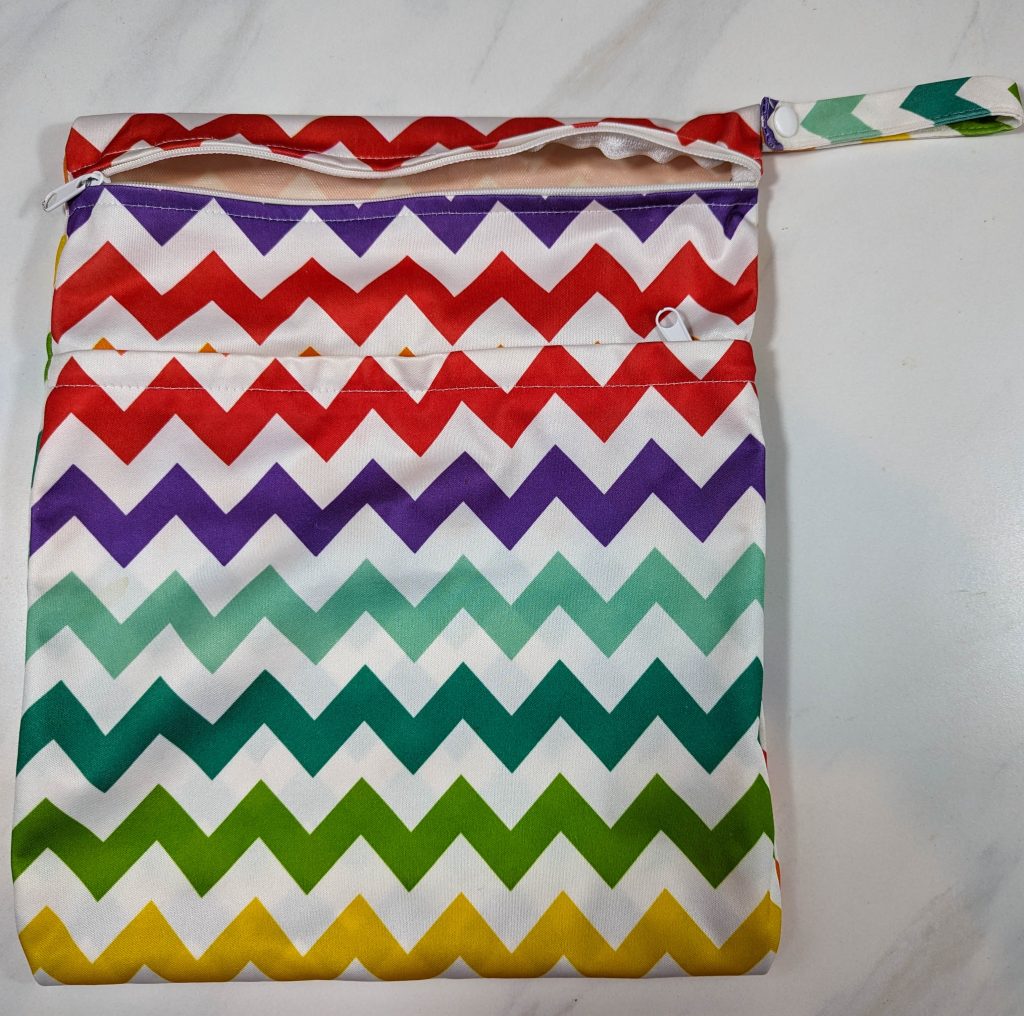
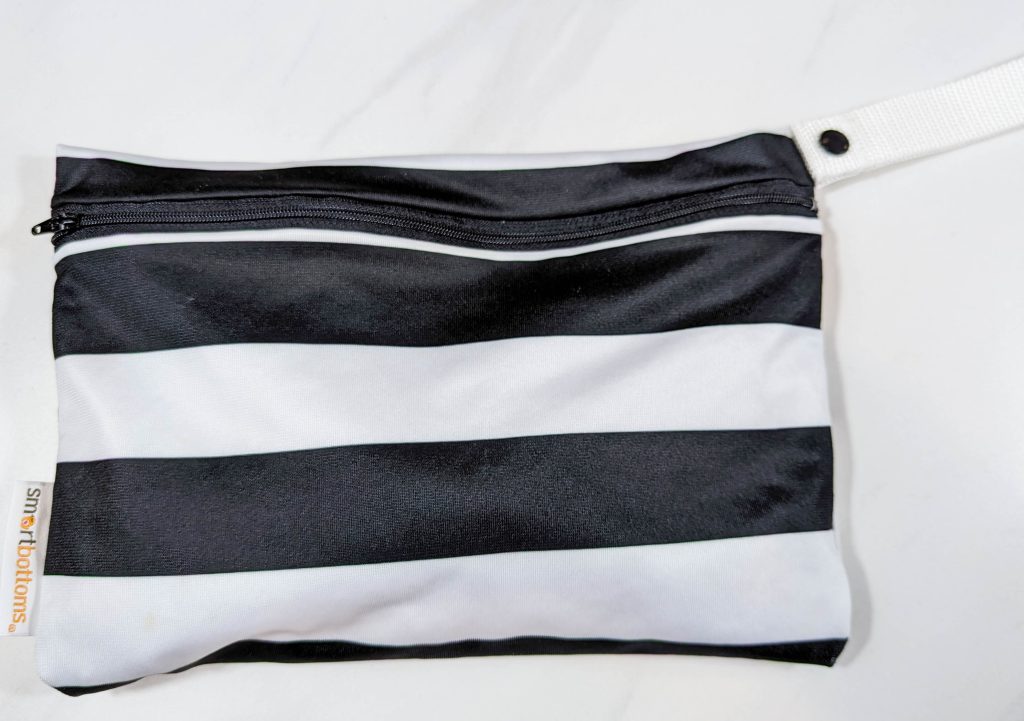
Diaper sprayer
When your baby begins eating solid foods, you will have to transition into spraying off the solid waste into the toilet. This does not require a diaper sprayer, but it is highly recommended. You can dunk and swish the diaper into the toilet if you do not want to purchase a diaper sprayer. I did that for the first few poops with my first child and quickly realized that method was not for me. Using a diaper sprayer will also be a learning curve so you don’t spray the entire bathroom but it is a quick curve.
Wool
An adorable and not necessary accessory to cloth diapers is the use of wool covers and clothing. Wool is naturally antimicrobial and when you wash and lanolize the wool, it becomes water-repellent. Making it a great option for overnight use or if you don’t want to use a plastic diaper cover.
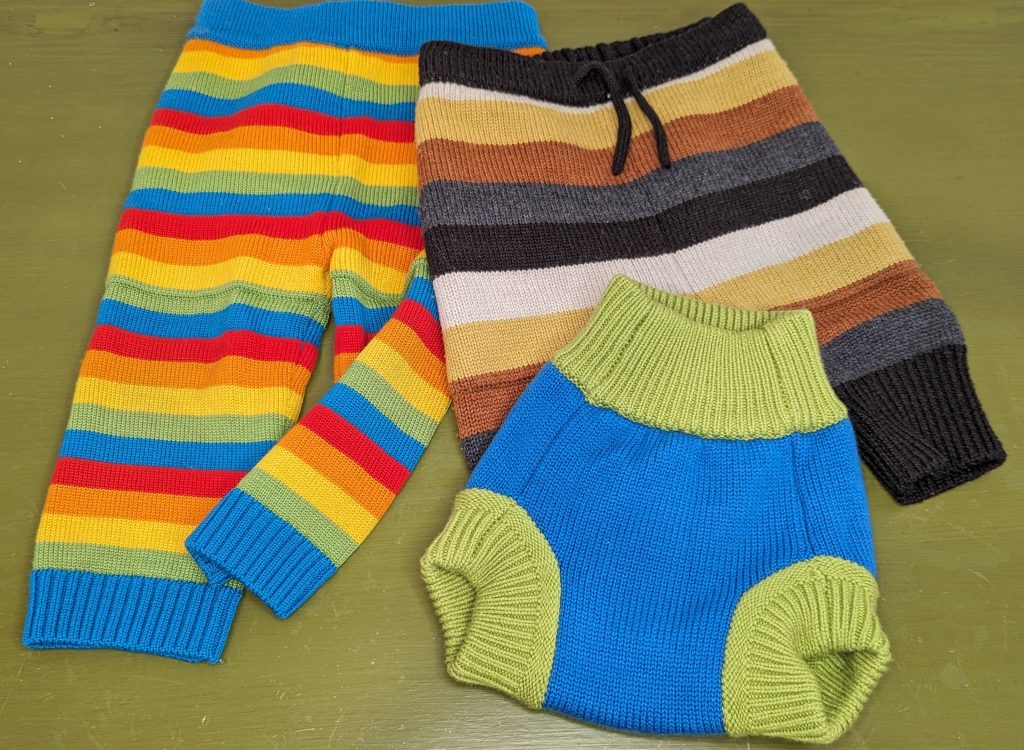
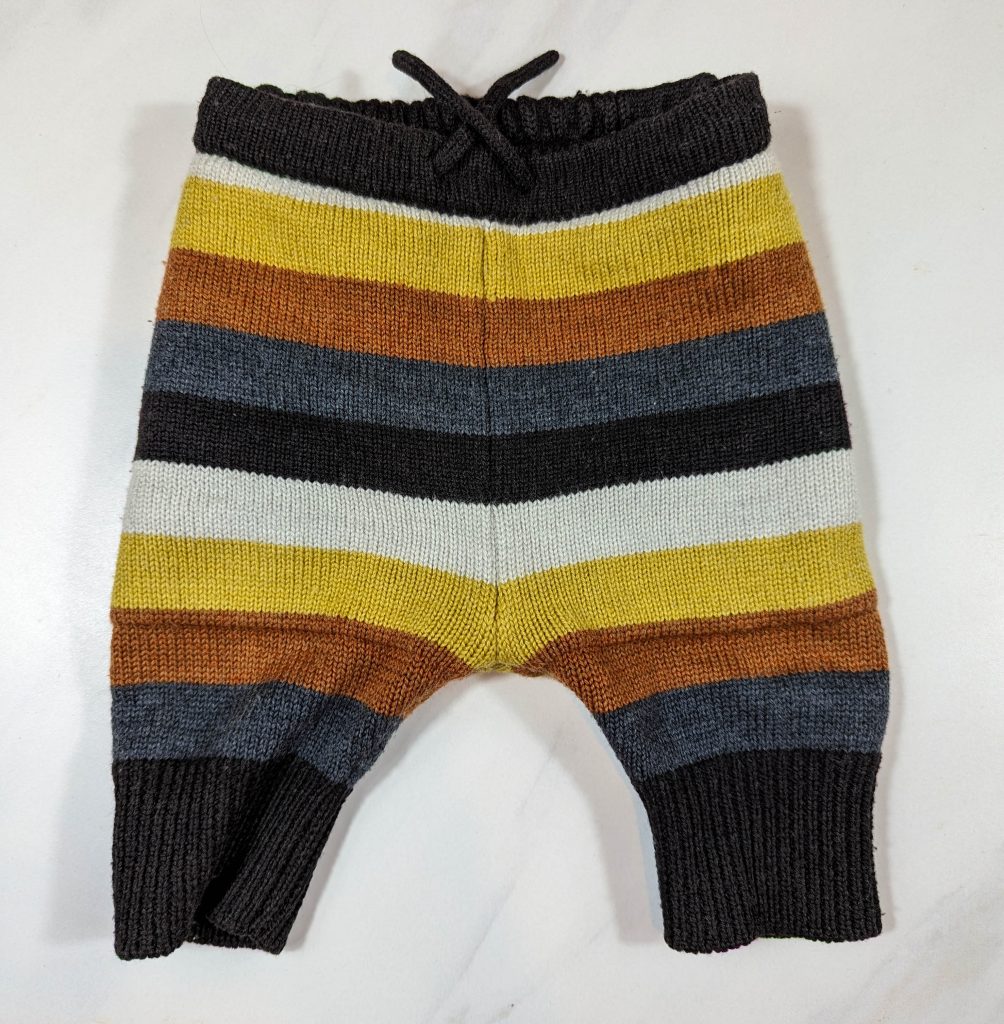
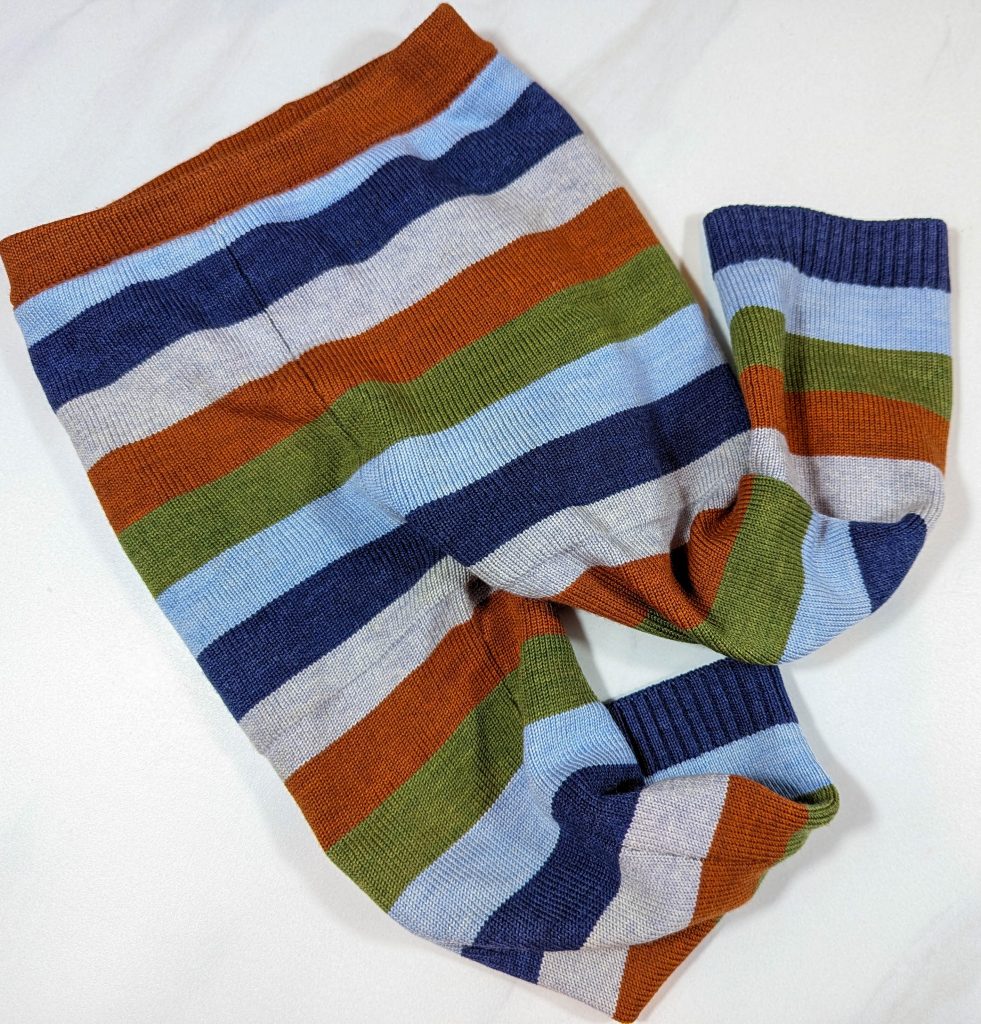
Other posts in this series will include:
I will be writing other posts on cloth diapers shortly with the topics being along the lines of how to wash cloth diapers, what can be used with cloth diapers and troubleshooting cloth diaper problems that may arise.
Where to buy
Some places to buy online are:
Nicki’s Diapers (nickisdiapers.com)
Dearest Diapers Modern Baby Boutique
Ask me anything about cloth diapers!
I’ve been cloth diapering off and on for over a decade. I have used all the different types of cloth diapers over the years and have changed my laundering routine several times over the years. Leave me a comment below with what has worked for you or if you have a specific question I can answer for you.




